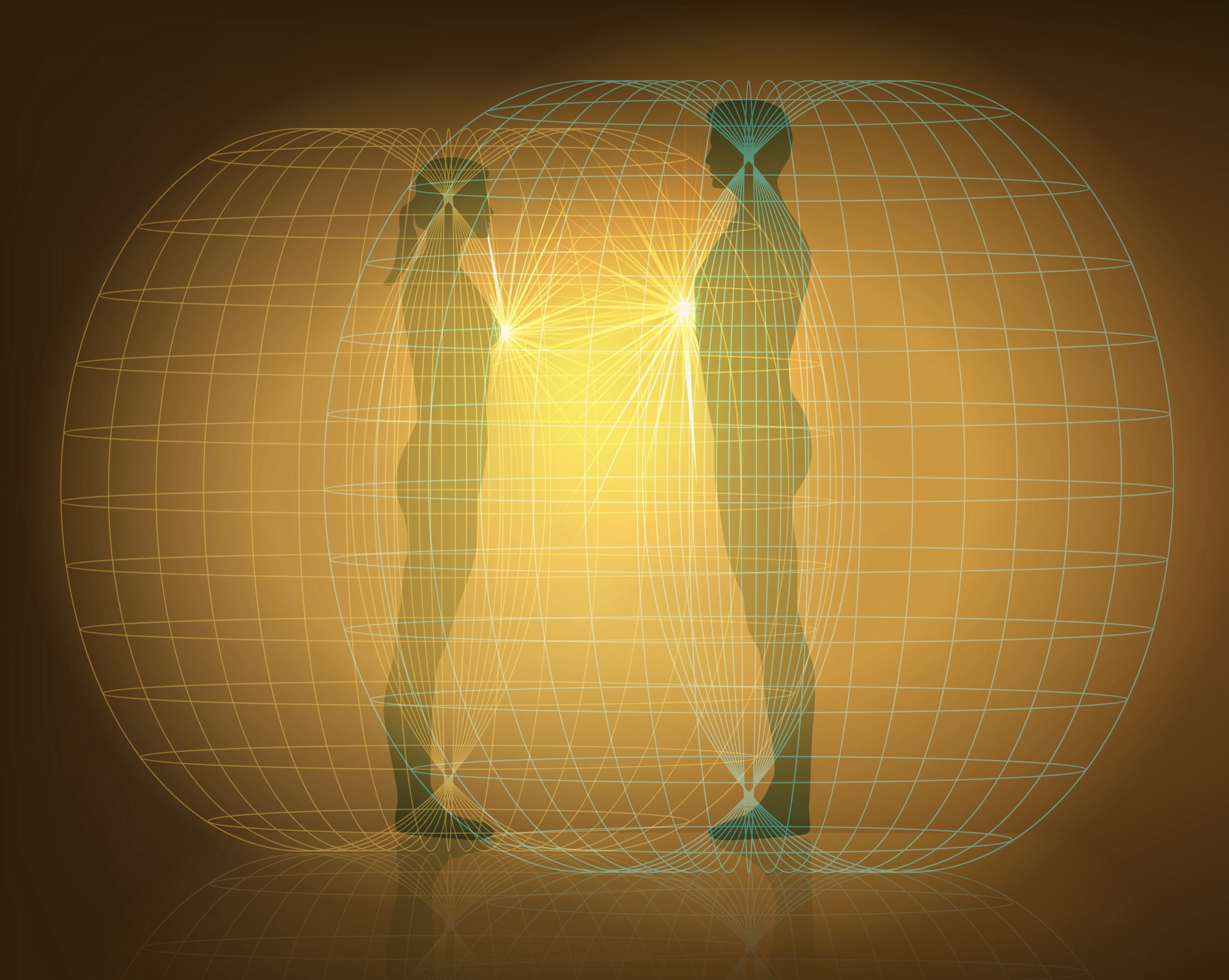What makes nerve gas so dangerous?
Colorless, odorless sarin, which killed 12 people in a 1995 terrorist attack on the Tokyo subway, is considered 500 times more toxic than cyanide…
Answered by
Colorless, odorless sarin, which killed 12 people in a 1995 terrorist attack on the Tokyo subway, is considered 500 times more toxic than cyanide, able to kill within one minute after ingestion of about 0.01 milligram per kilogram of body weight. It is classified as a chemical weapon of mass destruction by the United Nations.
Sarin disrupts the nervous system by inhibiting an enzyme used by motor neurons. Antidotes such as atropine and pralidoxime can save lives if quickly administered. Since fast, effective detection is imperative, MIT chemical engineers have built the most sensitive electronic detector yet for sensing deadly gases such as the nerve agent sarin.
Based on carbon nanotubes, the MIT detector is even more sensitive than needed to detect lethal doses. The technology, which could also detect mustard gas, ammonia and VX nerve agents, has potential to be used as a low-cost, low-energy device that could be carried in a pocket or deployed inside a building to monitor hazardous chemicals.
“We think this could be applied to a variety of environmental and security applications,” said Michael Strano, the Charles and Hilda Roddey Associate Professor of Chemical Engineering.
Posted: December 18, 2008

